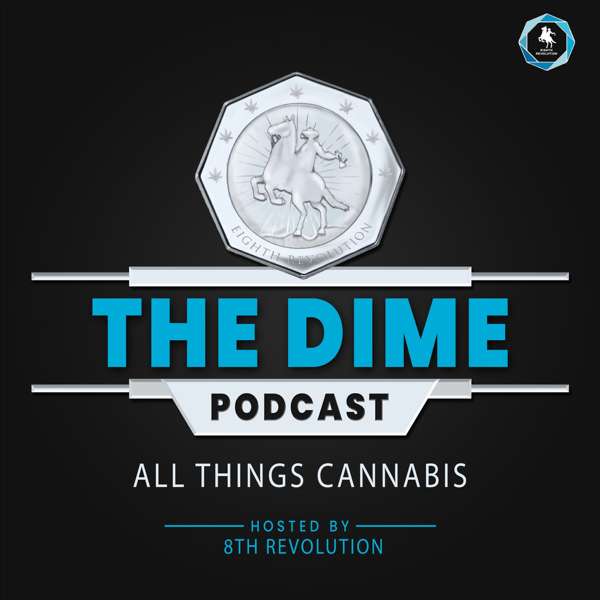SUMMARY
Global Leadership Podcast interviewer Jason Jaggard interviews innovation expert Dr. Vijay Govindarajan on how generative AI and datagraphs impacts organizational strategy, and how leaders can continue to innovate in a rapidly changing context.
IN THIS EPISODE:
- How did VG's grandfather influence his understanding of innovation?
- What is the "Three Box Solution," and how does it affect strategy and innovation?
- What role does imagination play in innovation?
- What is the basic premise of "fusion strategy?"
- What is the difference between "digitals" and "industrials"?
- What is the basic meaning of the terms "datagraphs," "digital twins" and "tripartite"?
- How do fusion strategy concepts translate from industrial and manufacturing sectors to social and/or service sectors?
- How willing does VG think people might be to volunteer their data in faith communities?
LISTEN
Apple Podcasts | Spotify | YouTube
STANDOUTS AND TAKEAWAYS
- The only competition that matters is self-competition; self-competition is about achieving true potential; and to achieve true potential you have to innovate.
- VG does not consider himself a professor; he is "in the impact business."
- The "Three Boxes": (1) manage the present; (2) selectively abandon the past; and (3) create the future.
- Companies think that they are "doing strategy" by working in Box 1, but strategy must also include the other two boxes.
- While you must always work in all three boxes, all three boxes require different mindsets and capabilities.
- Box Two is always the most difficult to work in for corporations, but is really the most important for creating the future.
- Another way to think about strategy is to imagine the future, then "fold the future back to the present," and then take actions today to create that future.
- What companies tend to do for strategy is to simply push the present forward.
- The premise of VG's Fusion Strategy goes back to the 1980s and the question, "How will information technology affect the world of business and the discipline of management?"
- Even the though the technology has changed, the essential question is the same.
- "Datagraphs" track product in use (as opposed to product sold).
- A "digital twin" is a digital replica of your product (or process).
- "Tripartite digital twins" integrates three essential digital twins: design, process, and product-as-used.
- The integration of these tripartite digital twins allow companies to diagnose root causes of problems much faster than traditional companies.
- VG suggests that "augmented" intelligence is a better term than "artificial" intelligence.
- Faith communities should thoughtfully consider their goal, and then they should ask themselves whether or not data or AI achieve the goal even more efficiently.
- Because of their facility with digital technology, the church can serve younger generations very differently.
- Showing value is the key to motivating people to share their data.
- Asking great questions is a key leadership trait, and is essentially human.
LINKS MENTIONED
- Website: Vijay on LinkedIn
- Book: Fusion Strategy: How Real-Time Data and AI Will Power the Industrial Future (Pre-Order; Amazon)
- Added Value: Vijay's Seminars on Fusion Strategy (Feb 6, 7, and 8)
- Book: The Three-Box Solution: A Strategy for Leading Innovation
- Book: Vijay's Amazon Page
- Website: Jason Jaggard on LinkedIn
- Website: Novus Global
- Website: Meta Performance Institute
- Book: Beyond High Performance: What Great Coaches Know About How the Best Get Better
- Website: Global Leadership Network

 Our TOPPODCAST Picks
Our TOPPODCAST Picks  Stay Connected
Stay Connected







